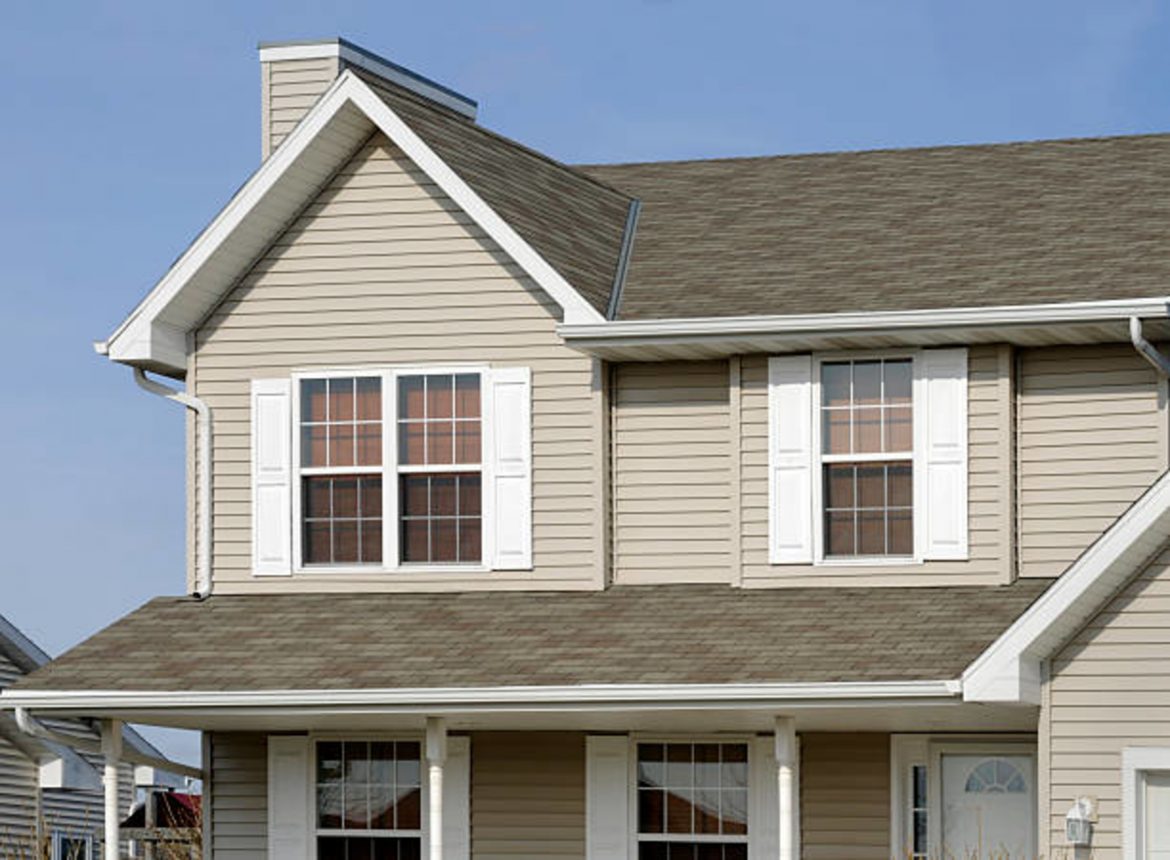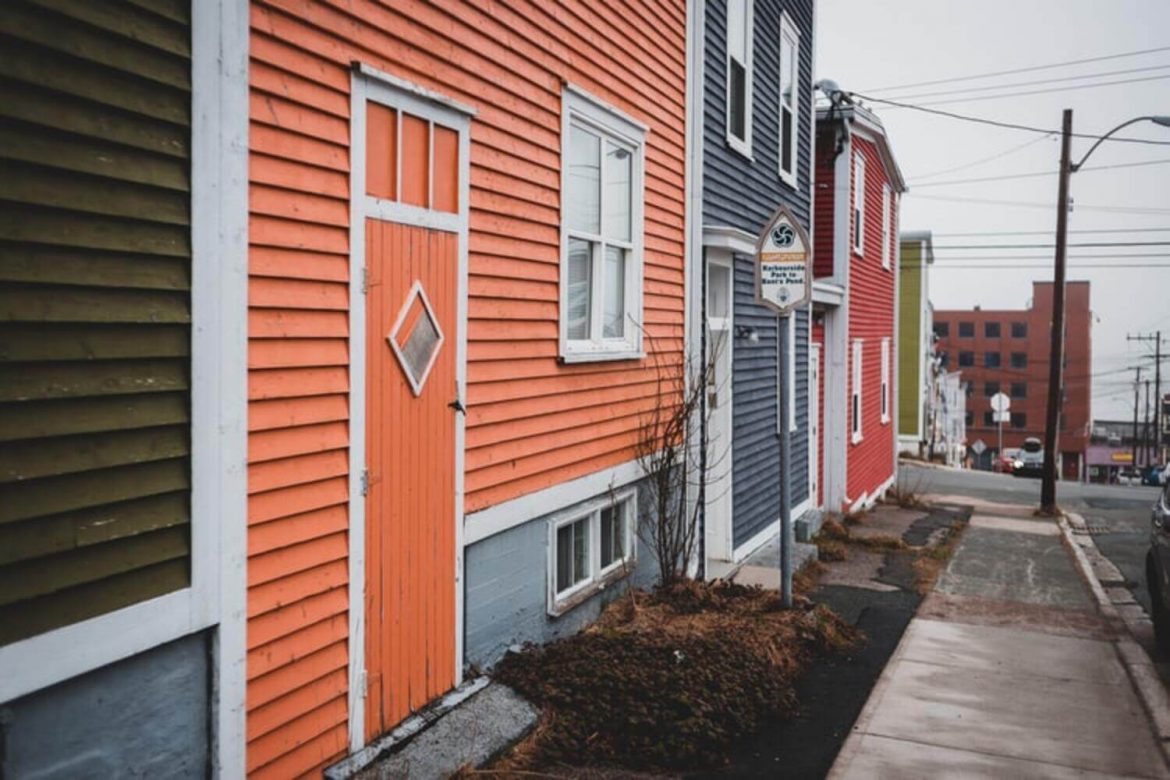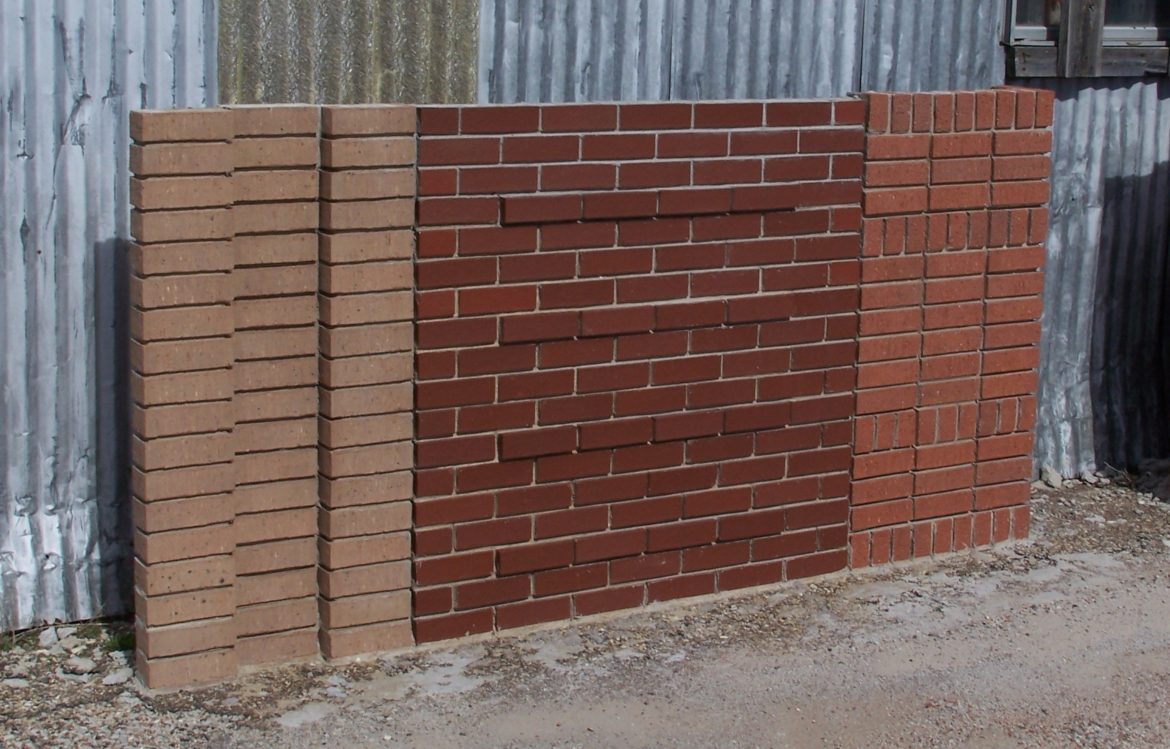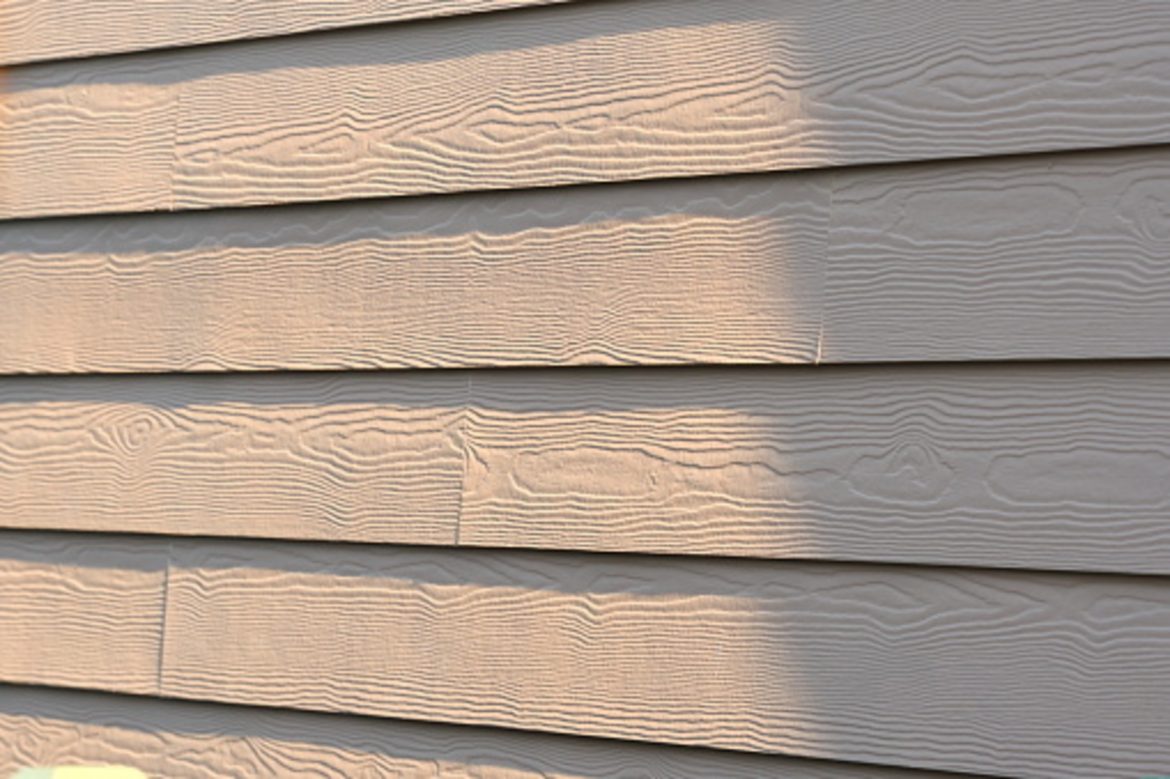Living in Texas has its perks and disadvantages. When it comes to owning a home, you’ll find the blazing climate a pain to deal with. On top of that, the considerable amount of natural events like hail, sandstorms, and thunderstorms will surely batter your house. However, these challenges are nothing new for the average Texan. Here are the most common siding problems you will be facing to know what to expect as a homeowner.
The Heat Eventually Warps the Material
Heat typically degrades wood siding and vinyl siding, especially in areas along the Gulf Coast. After some rain, the sun immediately dries the material, and nighttime gets super cold, causing it to undergo a process of alternating expansion and contraction. Eventually, the pressure will cause fissures or cracks to form. If you want to avoid this issue, fiber cement siding is a flexible material not affected by warping or pressure.

Insulation Problems
Most siding types are actually alright when it comes to handling the heat. However, Texas’s heat is a force to be reckoned with as temps can rise to the triple digits on a typical summer day. No matter how well you install a siding, issues regarding energy-efficiency can always arise. This means that to insulate your home properly, you’ll have to blast the air-conditioning during the day or turn on the heat at night. This results in a higher electricity bill. No fun!
Color Fading
The UV rays that the sun emits don’t only damage the skin. They can also peel the life out of your siding. As time goes by, expect the color of your siding to fade, particularly in areas exposed directly to sunlight. It can result in an unappealing discoloration of your home exterior. You’ll have to eventually reapply the paint if you’re using wood, fiber cement, or vinyl as siding.
Weather Elements
As the first line of defense against the outside world, your home siding is continuously battling the weather, from simple rain to aggressive barrages of hail. Not to mention the heat and cold. Although some materials like fiber cement can handle the weather, others such as traditional wood, stone, and vinyl will not be so lucky. That’s why you’ll have to check your siding from time to time and perform maintenance if necessary.
Flame Hazard
It should be pretty evident that wood siding poses risks to fire. However, the main threat during a fire is vinyl siding, composed mainly of polyvinyl chloride. This chemical releases harmful toxins to the air when exposed to extremely high temperatures. No, you don’t have to worry about sunlight or hot days. It can only be triggered by real flames in a real fire. It’s always a good idea to put up accessible fire exits around your home.
Excessive Noise
Some of Texas’s windiest places, like Amarillo, Lubbock, and Corpus Christi, encounter noise problems related to vinyl siding. Mostly caused by a poor installation job, this exterior siding flaps in the wind when not attached properly. On the other hand, if applied more tightly, the contraction due to weather elements produces a slight popping or cracking sound. It’s not really a problem for the most part, but it can be irritating if you’re doing something that requires attention and focus.
Moisture and Pests
Although this problem mostly arises in wet regions, it doesn’t mean that you won’t encounter it in Texas. It might take a bit longer, but moisture will eventually build up over time, inviting mold, woodpeckers, and wood-boring pests. Traditional wood siding is particularly the most affected. To avoid this, several treatment options can make the wood resistant to moisture and discourages creatures from making a home out of it.
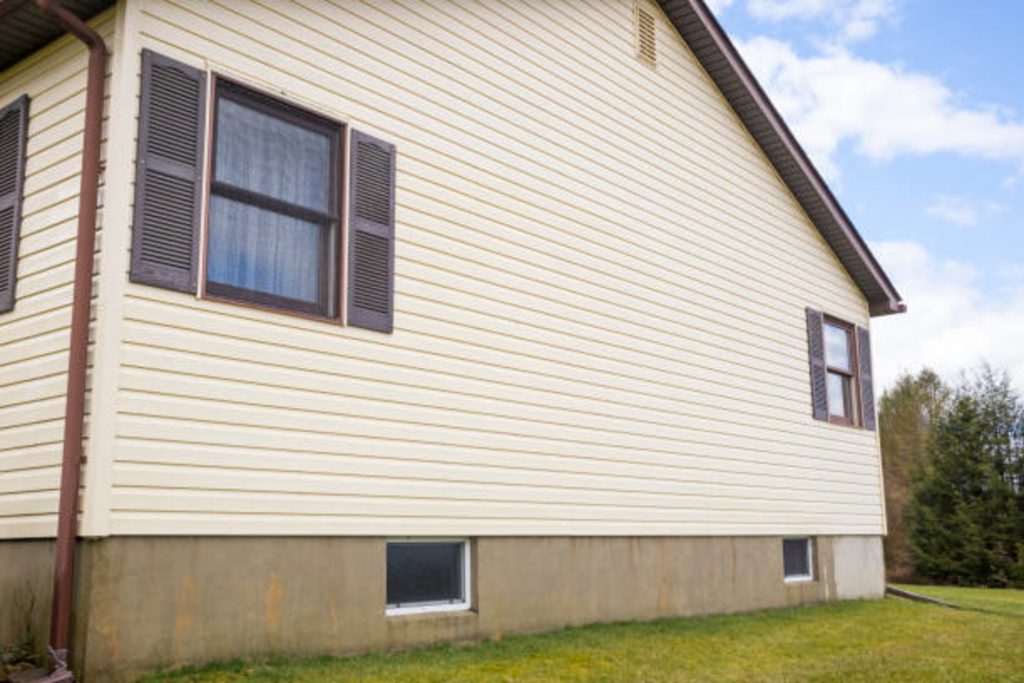
Conclusion
Homes in Texas suffer from typical siding problems, with most of them attributing to the hot and humid weather. When deciding on what type to choose, make sure you understand each material’s pros and cons. Doing so helps you stay within budget and ensures you don’t regret your decision in the long run.

